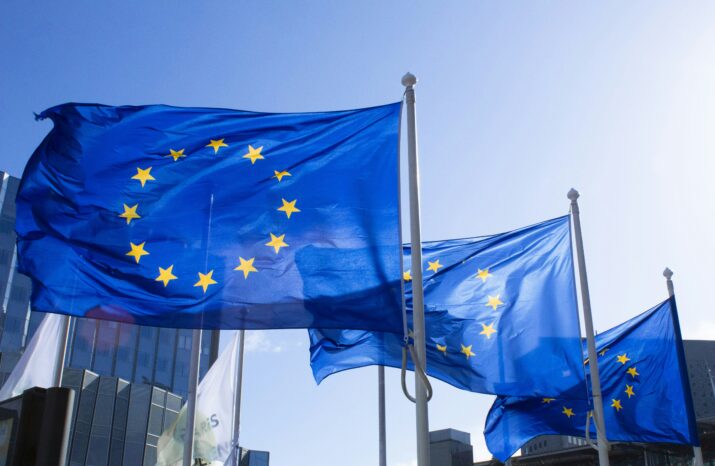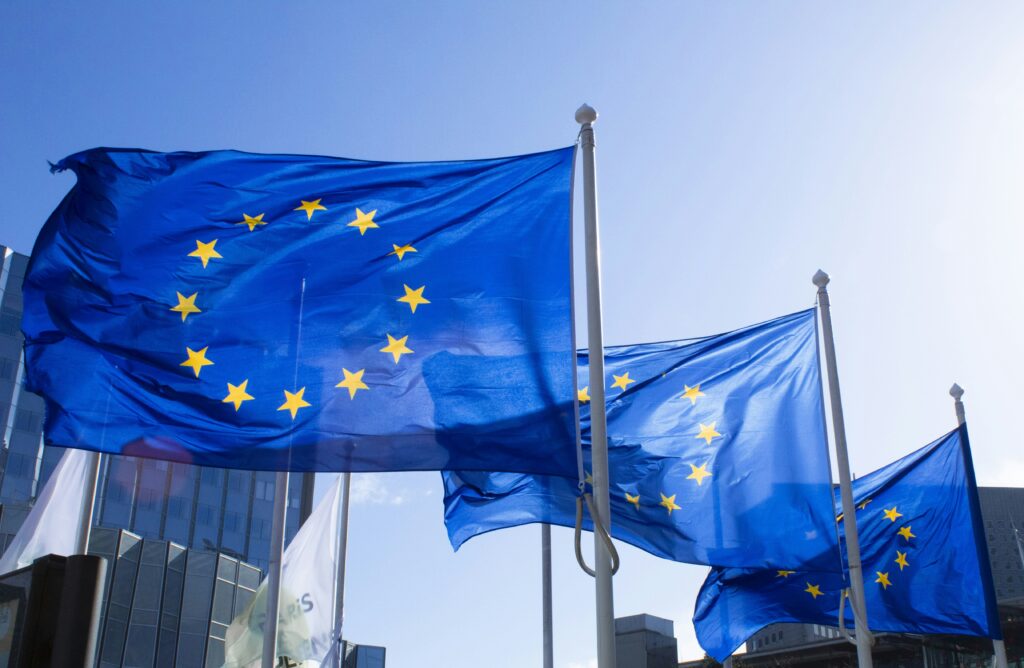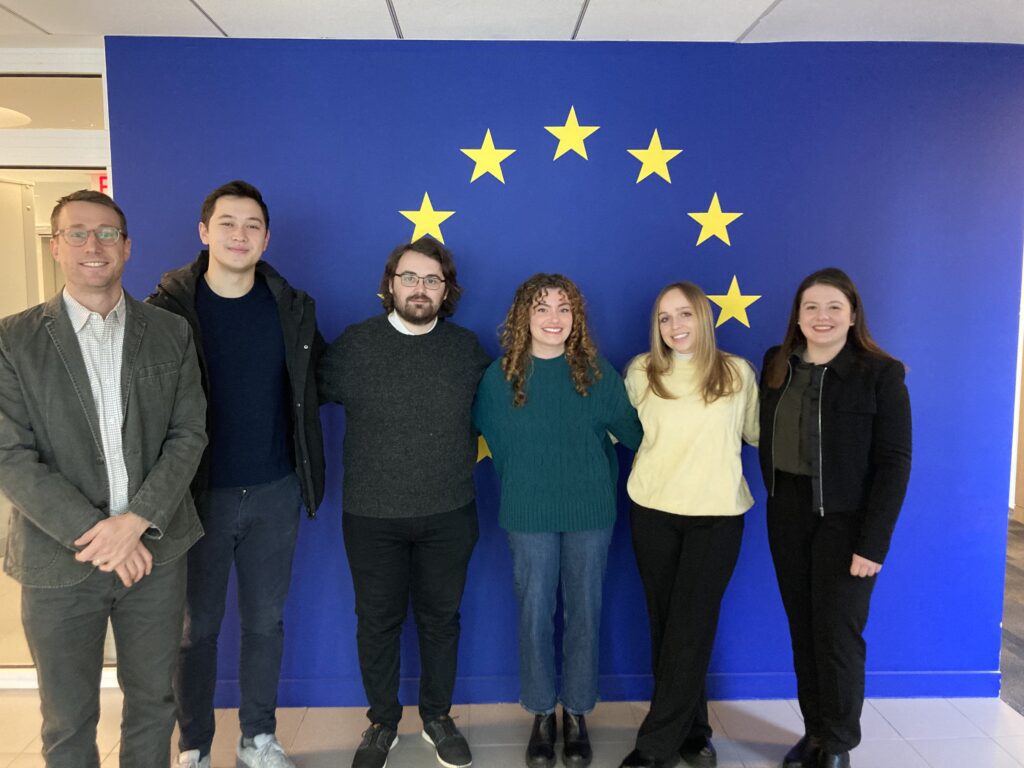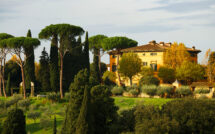

What is Europe?
What has Europe historically meant as a concept, as an identity, and as a challenge to the nation-state? What have the boundaries of Europe been, and how has this changed over time? How and why have European leaders and citizens fashioned an integrated, democratic continent, and how have the obstacles to integration evolved over time? How have Europe’s recent crises—from refugees to the problems of the Euro—led people to reevaluate European integration, democracy, national identities and institutions, and globalization more generally?
These four questions formed the basis of our “What is Europe?” course, taught by Professor (and director of CEMS) Stephen Gross, which is required for all master’s students in the European and Mediterranean Studies program at the Center for European and Mediterranean Studies (CEMS). It is the heart of our academic career at CEMS, and offered both a critical, wide-reaching look into the continent and allowed us to familiarize ourselves with the methodology, dominant literature, and theory of historians, political scientists, sociologists, anthropologists, and philosophers. Furthermore, the course served an important role as a springboard for our theses, as the wide net of topics covered—including war, migration, race, identity, memory, colonialism, liberalism, and the return of the far-right—naturally tied into various interests of our cohort. In my case, my thesis explore the history and transatlantic spread of far-right political philosophy, and why some specific ideas and movements were not adopted by the European right. As such, literature on the far-right from this course provided a solid foundation for my thesis.
The first part of the course explored what Europe is, what being European even means and how that changed over time, and where Europe’s borders start and end. We started with the Greek myth of Europa and concluded with a variety of ideas touted today, including Europe as Judeo-Christian, Europe as the legacy of Rome, and Europe as a cosmopolitan project. Naturally, what it means to be European can inform where Europe starts and ends. Is it exclusively a geographic region? How do we demarcate west from east, north from south? Where does Central Europe start and end? Is Russia in Europe? Or Turkey?
After dissecting Europe’s identity, we turned towards its political evolution. Liberalism and democracies have long been pillars of European governance, but the path to this status quo has been a messy, fragmented process. We examined how the EU has both championed and constrained liberalism, and how contemporary crises—from migration to the resurgence of the far-right—challenge these ideals and the myriad of contemporary issues Europe faces today. Additional topics included: decolonization and how the postwar colonial subject-turned-immigrant fits into Europe’s identity; the decline of social democracy and neoliberal pivot in the 70s and 80s; the rise of NATO, the war in Ukraine, and the future of European foreign and military policy; and how a fracturing, increasingly illiberal Europe will fare against climate change.

The semester rounded out with a trip to the Delegation of the European Union to the United Nations in New York, where we met with three diplomats to discuss Europe, its challenges, and, most interestingly to me, to ask them: what is Europe? The diplomat who bravely volunteered to answer initially defined Europe as a peace project, one built in the postwar years to ensure nothing like WWII or the Holocaust could happen again. However, as she continued to speak about what Europe is, the answer changed—for she reflected how Europe was democratic and cosmopolitan, and that it was built on understanding between member states and welcomed all kinds of people. Europe, per this diplomat, was not merely a peace project—it was a liberal peace project. Following the meeting, our cohort discussed how well this definition may age.
Like any good course, I learned a great deal on a variety of topics with which I had little familiarity. And, like any good course, I was left with more questions than answers. While I have an answer for what Europe is, it certainly isn’t satisfying. Europe is entirely up to the eye of the beholder. It is what one wants it to be: a peace project, the pinnacle of liberal cosmopolitanism, a green paradise, a Judeo-Christian bastion, the institutions and structures of the EU, or, if preferable, merely a geographic region, sitting at the western end of Asia.
What is Europe? Syllabus: Fall 2024
Author Bio
Garrett Palmer is a Master of Arts in European and Mediterranean Studies candidate ’25.




